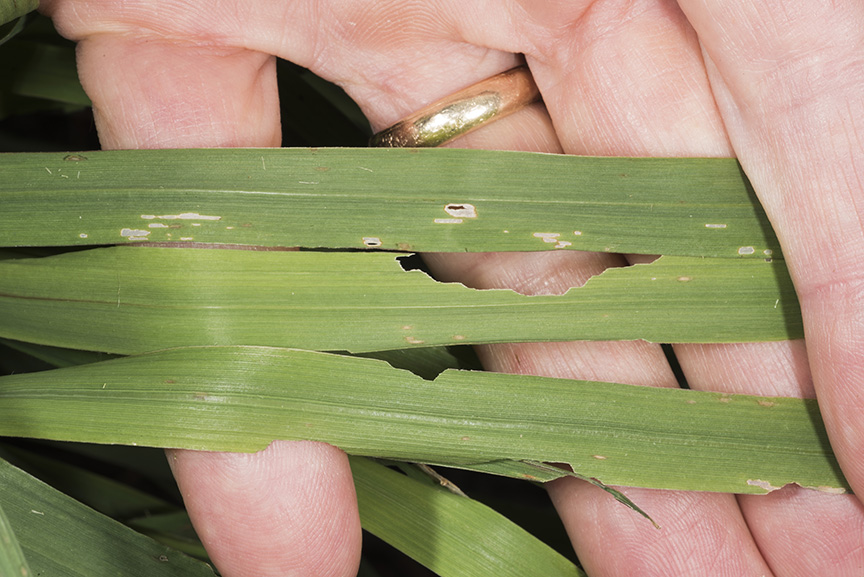
Over the past six weeks, armyworm moth captures at the Purdue Ag Research Centers (see accompanying “Armyworm Pheromone Trap Report”) have been variable.

Over the past six weeks, armyworm moth captures at the Purdue Ag Research Centers (see accompanying “Armyworm Pheromone Trap Report”) have been variable.
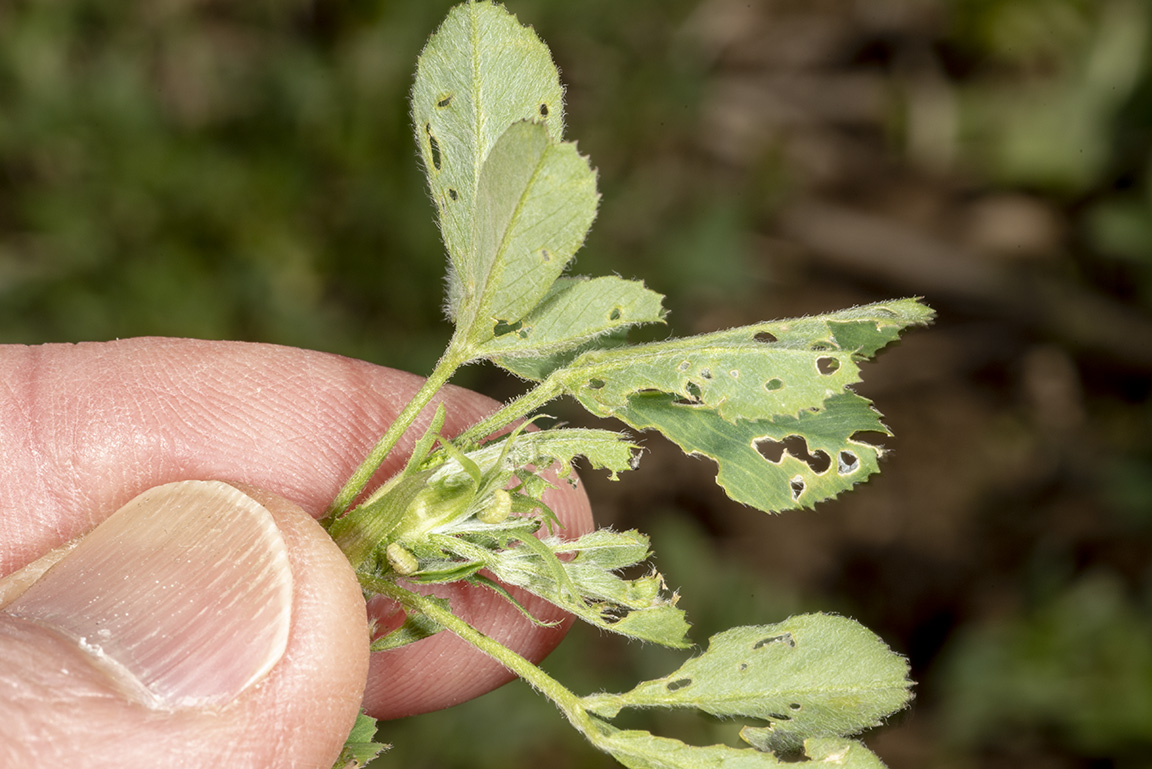
Pest managers in southern Indiana should now be scouting their alfalfa for leaf feeding from weevil larva.
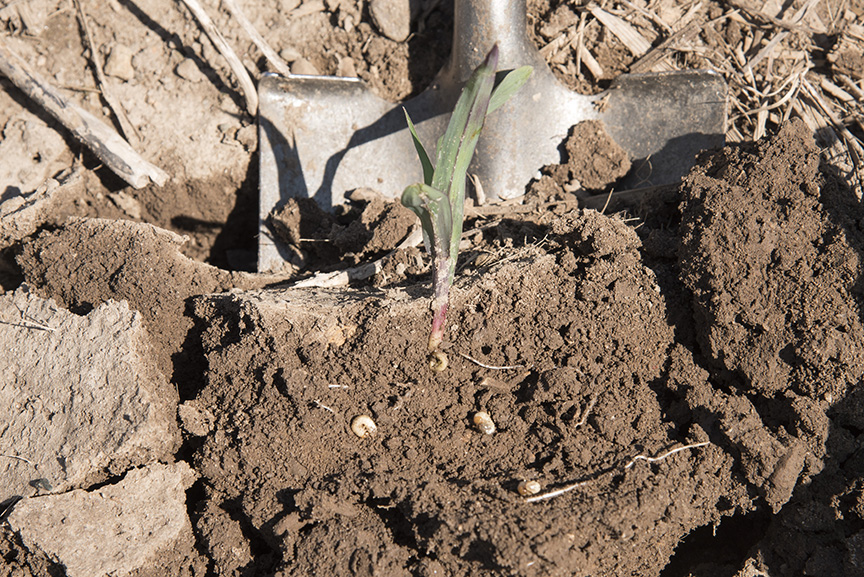
Grubs of the Asiatic garden beetle have been recently found damaging corn seedlings in northern Indiana counties.
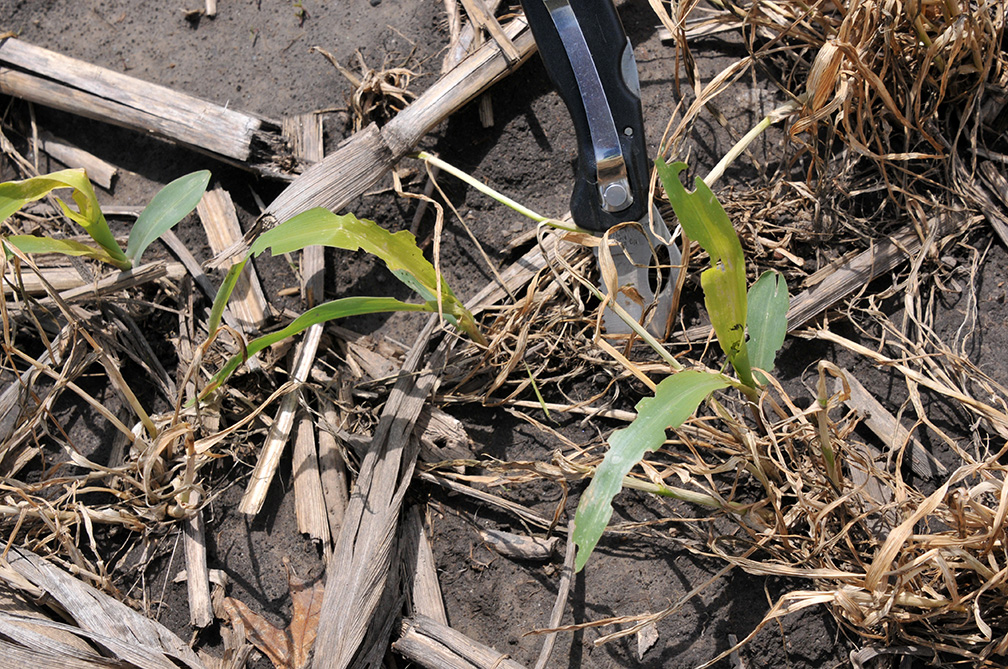
Over the past seven weeks, armyworm moth captures at the Purdue Ag Research Centers (see accompanying “Armyworm Pheromone Trap Report”) have been variable, certainly not eye-popping! This happens most years, as do localized outbreaks. It is a reminder to conduct timely scouting in high-risk fields when the larvae are actively feeding, mid to later May. The increased popularity of cereal rye as a cover crop presents new opportunities for egg-laying females to find attractive food sources. The timing of planting this year, where many cover-cropped or weedy fields may be “planted green” is not helpful to those trying to avoid hungry armyworms. Like every year, some (true) armyworm moths overwinter here, but some are also blown here from states to the south and west. Don’t confuse this annual pest with the fall armyworm (different species) that doesn’t arrive until mid-later summer. The fall armyworm caused a stir late last summer[Read More…]
Sampling an alfalfa field to determine the extent of alfalfa weevil damage and average stage of weevil development is best accomplished by walking through the field in an “M-shaped pattern.”
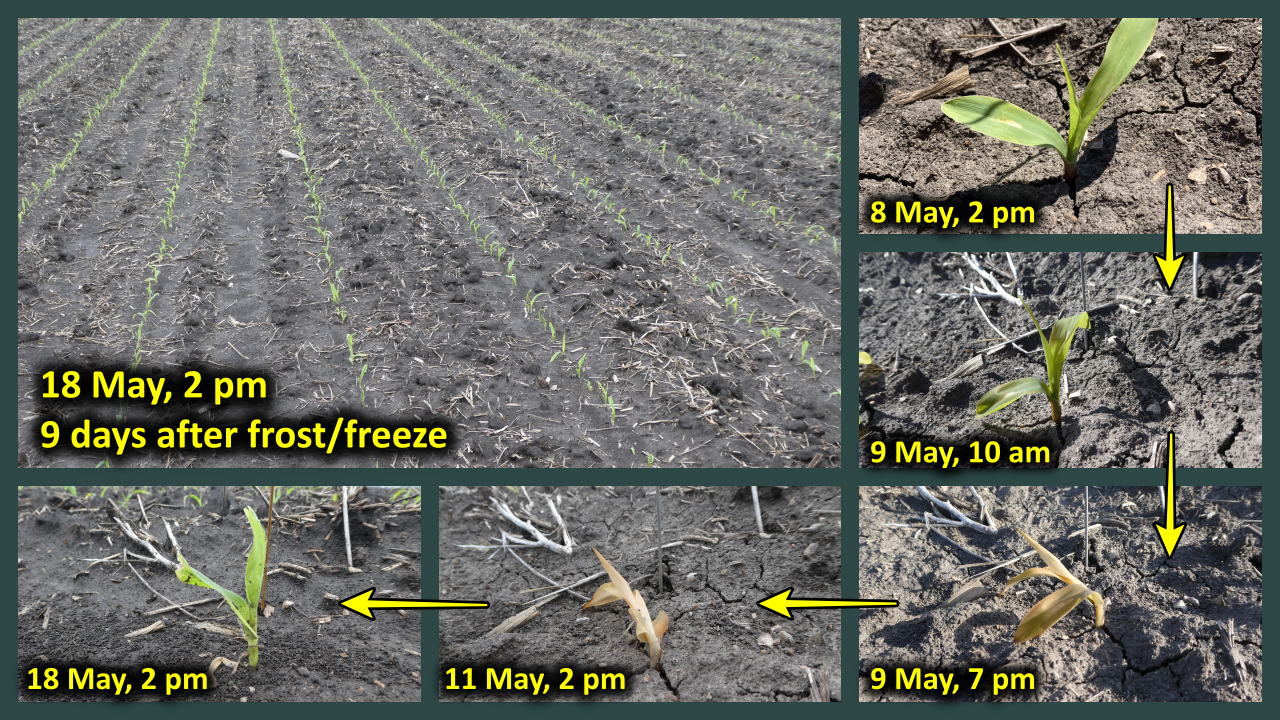
The rest of the story… Severe above-ground DAMAGE to V1-V2 CORN from FROST/FREEZE on May 9.
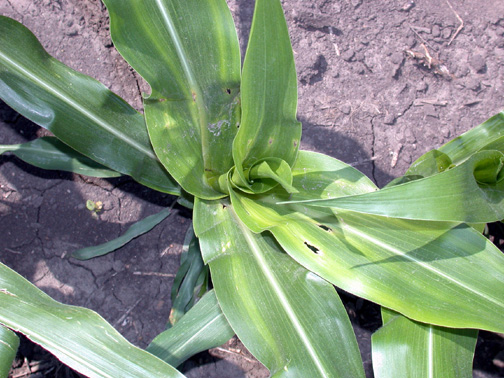
Reports from those checking fields indicate that brown stink bugs were busy this spring feeding on seedling corn.

The Purdue Ag Centers (PACs) throughout the state have faithfully been capturing, and counting, armyworm moths throughout the spring.
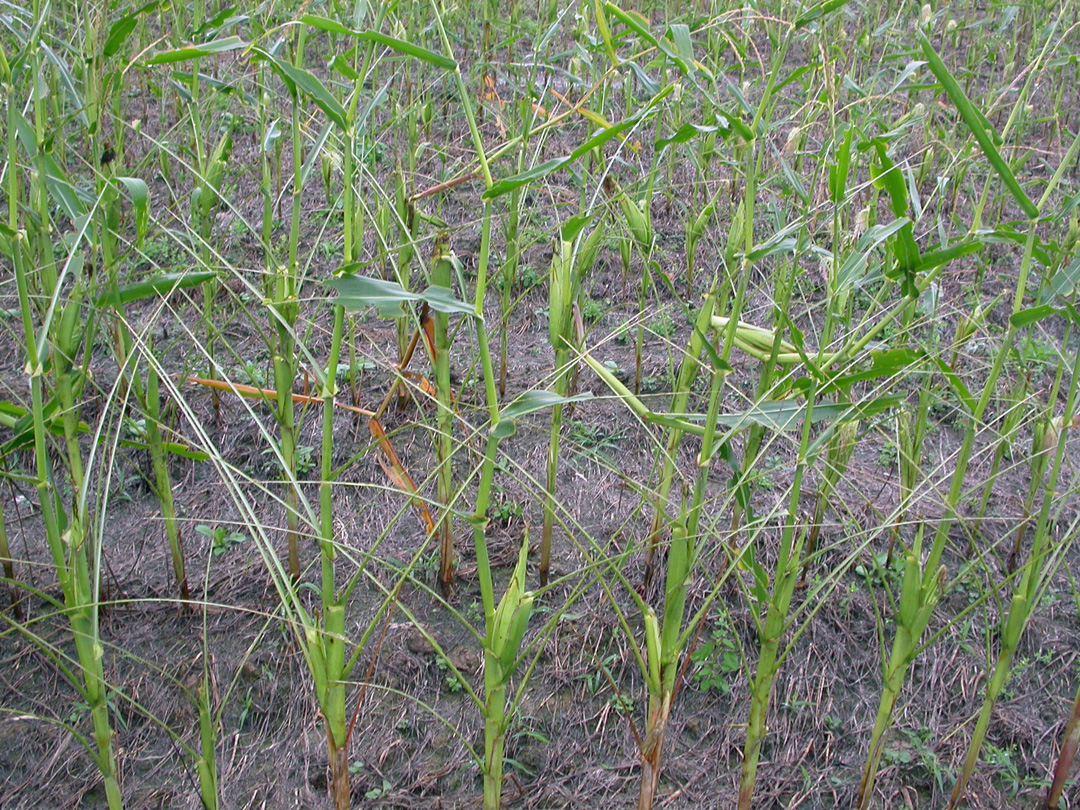
Take a gander at the “Armyworm Pheromone Trap Report.” The number of moths suddenly flying this week has us wondering where females will lay their eggs?
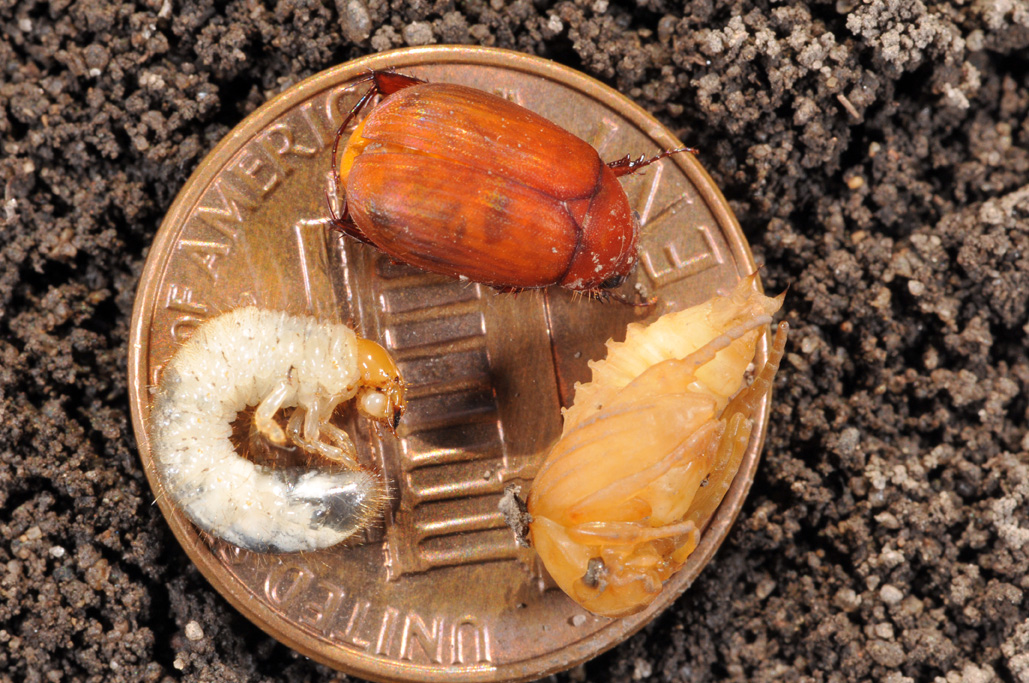
Grubs of the Asiatic garden beetle have been recently found damaging corn seedlings in northern Indiana counties.
© 2025 Purdue University | An equal access/equal opportunity university | Copyright Complaints | Maintained by Pest&Crop newsletter
If you have trouble accessing this page because of a disability, please contact Pest&Crop newsletter at luck@purdue.edu.